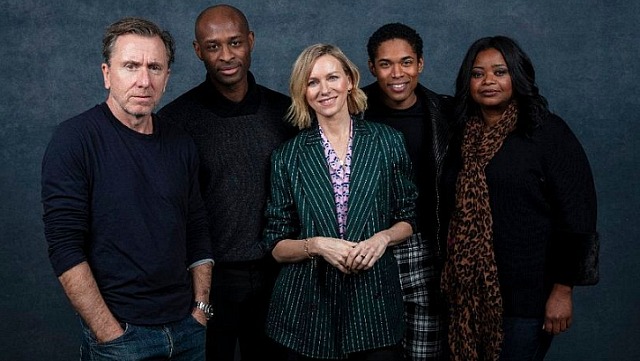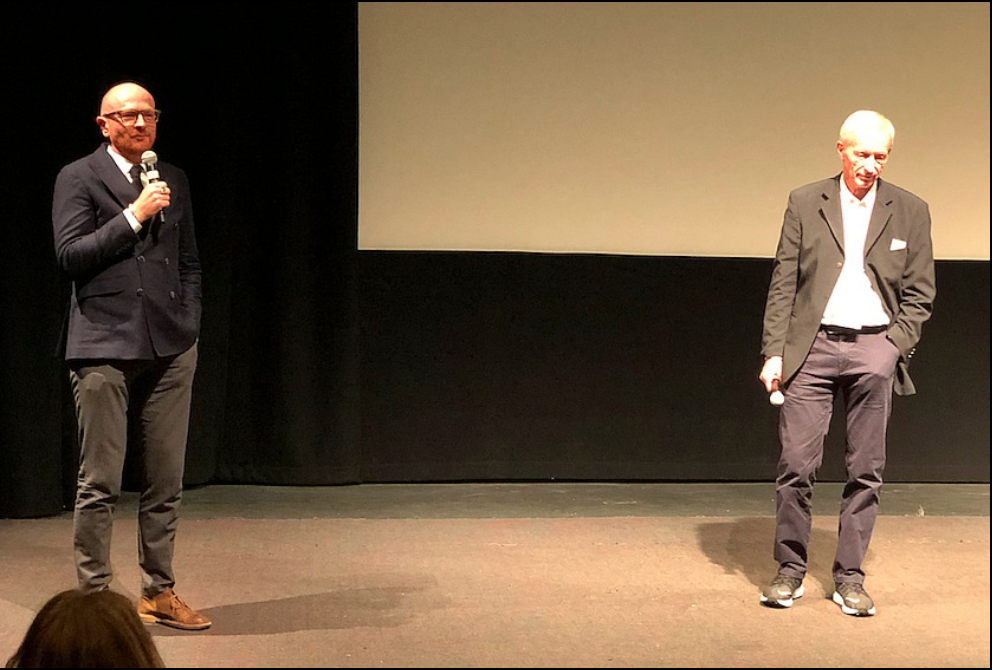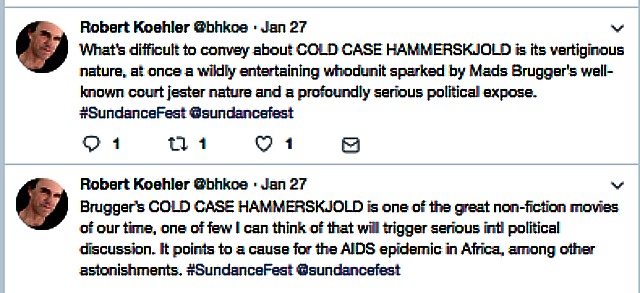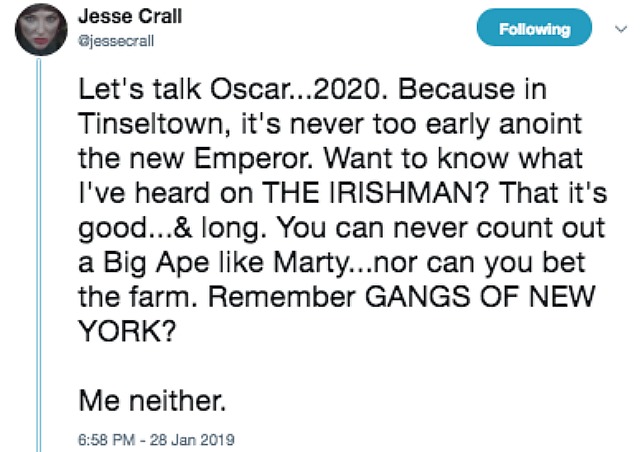We’ve just begun the final year of the second decade of the 21st Century. Somebody on Twitter was asking this morning for lists of the best films of the last nine years, and so I might as well (a) re-post my long-game roster as well as (b) HE’s top ten from this period (2010 to 2018) at the very end:
Best of 2010: The Social Network, The Fighter, Black Swan, Inside Job, Let Me In, A Prophet, Animal Kingdom, Rabbit Hole, The Tillman Story, Winter’s Bone (10).
Best of 2011 (ditto): A Separation, Moneyball, Drive, Contagion, X-Men: First Class, Attack the Block (6).
Best of 2012: Zero Dark Thirty, Silver Linings Playbook, Amour, Beasts of the Southern Wild, Barbara, The Grey, Moonrise Kingdom (7).
Best of 2013: The Wolf of Wall Street, 12 Years A Slave, Inside Llewyn Davis, Her, Dallas Buyers Club, Before Midnight, The Past, Frances Ha (8).
Best of 2014: Birdman, Citizen Four, Leviathan, Gone Girl, Boyhood, Locke, Wild Tales. (7)
Best of 2015: Spotlight, The Revenant; Mad Max: Fury Road; Beasts of No Nation; Love & Mercy, Son of Saul; Brooklyn; Carol, Everest, Ant-Man; The Big Short. (10)
Best of 2016: Manchester By The Sea, A Bigger Splash, The Witch, Eye in the Sky, The Confirmation, The Invitation. (6)
Best of 2017: Call Me My Your Name, Dunkirk, Lady Bird, The Square, War For The Planet of the Apes, mother!, The Florida Project. (7)
Best of 2018: Roma., Green Book, First Reformed, Hereditary, Capernaum, Vice, Happy As Lazzaro, Filmworker, First Man, Widows, Sicario — Day of the Soldado. (11).
TOP TEN OF THE LAST NINE YEARS (totally arbitrary, partly whimsical, tethered to the moment): Manchester By The Sea, A Separation, The Social Network, Zero Dark Thirty, Call Me By Your Name, Son of Saul, The Wolf of Wall Street, Leviathan, The Square, Moneyball.










